Cape Cod Sharks: A Friendly Guide to Our Finned Neighbors
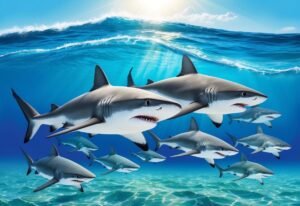
Great white shark numbers have risen off Cape Cod due to a growing seal population, drawing these sharks to the area for hunting, with researchers tracking their activities.

Great white shark numbers have risen off Cape Cod due to a growing seal population, drawing these sharks to the area for hunting, with researchers tracking their activities.

Cats evolved from wild felines in the Middle East about 10,000 years ago, forming bonds with humans by hunting mice attracted to stored grain.

On May 22, 1960, a 9.5 magnitude earthquake struck Chile, causing global tsunamis, changing landscapes, and impacting Earth's rotation.

Insects, part of the arthropod family, have diverse forms, three body parts, and play crucial roles in ecosystems from pollination to being pests.
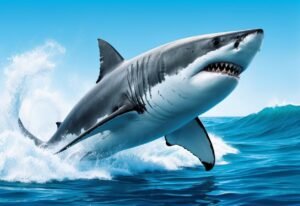
While many sharks are large, the whale shark is the biggest, growing up to 60 feet long and living in warm ocean waters, feeding on tiny plankton.
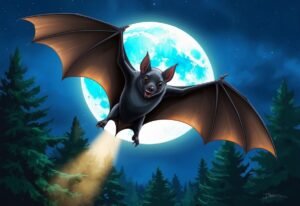
Bats are unique flying mammals with adaptations for echolocation and diverse diets; over 1,200 species exist, playing crucial ecological roles but facing threats like habitat loss.

The Goliath birdeater, found in South America's rainforests, is the world's largest spider by mass and body length, mainly preying on insects, small animals, and plants.
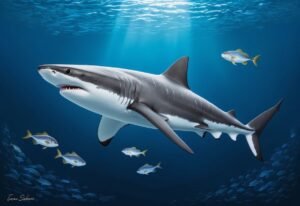
Greenland sharks, living in Arctic and North Atlantic waters, are the longest-lived vertebrates on Earth, reaching ages of 250-500 years and requiring protection due to their slow growth.
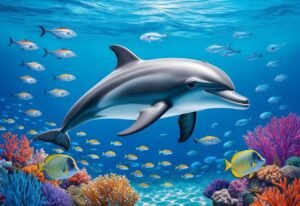
Dolphins have large and complex brains that help them communicate, solve problems, and navigate, contributing to their high intelligence.

Black bears, Ursus americanus, are the most common bears in North America, distributed widely from Canada to Mexico, and mainly found in forests and mountains.